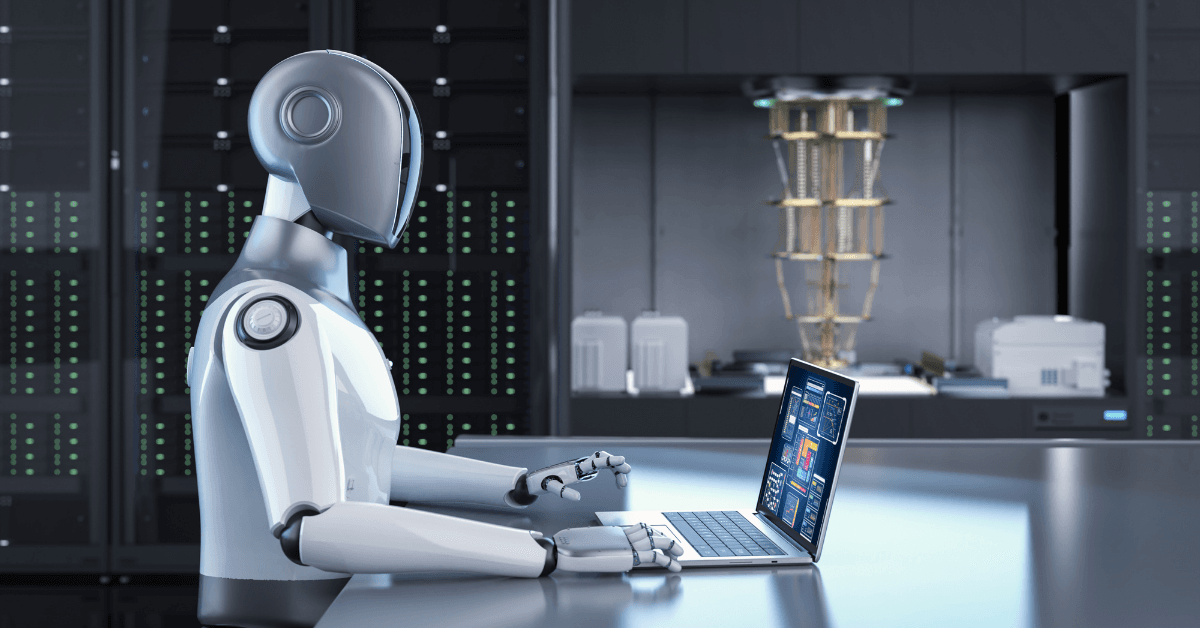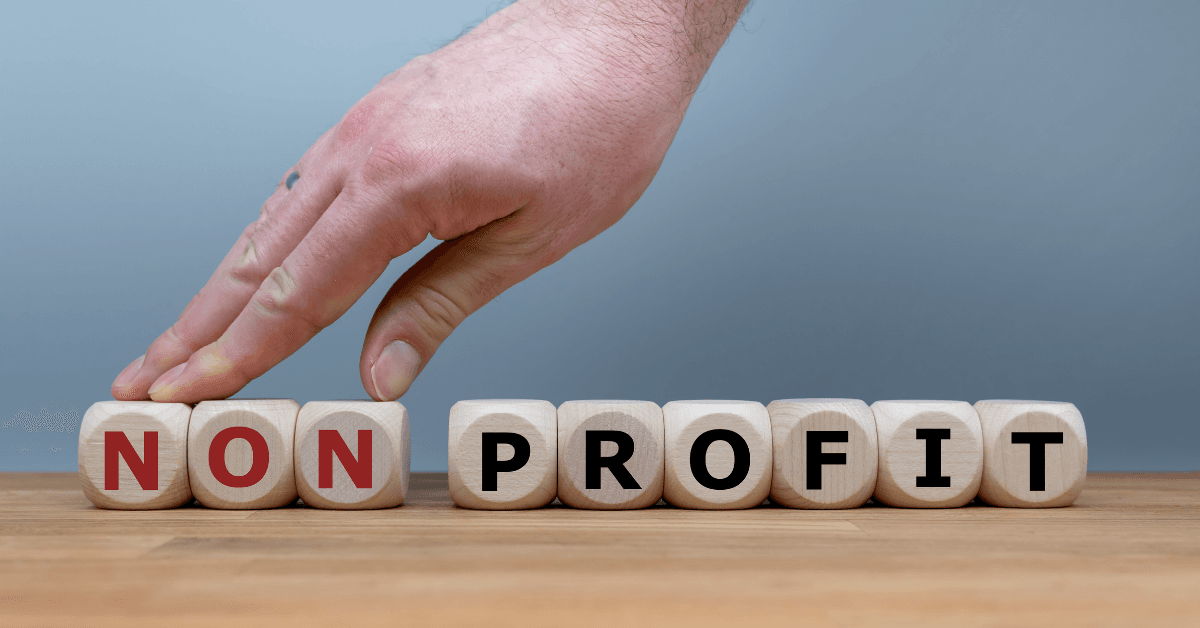Confusion and controversy surround the issue of whether OpenAI is a charity or a for-profit company. Is OpenAI For-Profit or Nonprofit-Although the organization started out with a nonprofit goal, its structure has changed over time to become a distinctive hybrid form. This blog breaks into OpenAI’s intricate structure, investigates its financing methods, and assesses how it strikes a balance between developing AI in an ethical manner and maintaining its financial viability. Let’s begin.
1. The History of OpenAI
A Nonprofit Foundation In 2015, OpenAI was established as a nonprofit research facility. A $1 billion commitment was made by Elon Musk, Sam Altman, and others to guarantee that AI advances humankind. At first, the company placed a high priority on open-source cooperation and openness, revealing innovations like GPT-2 with caution.
The founders expressed concern that financial considerations might compromise safety. They thus set up OpenAI to evade pressure from investors. In stark contrast to corporate laboratories such as Google DeepMind, early efforts concentrated on publishing papers and democratizing access to AI.
But by 2018, problems had surfaced. The nonprofit organization was unable to afford the massive computational resources required to train sophisticated models like GPT-3. This predicament compelled a crucial reorganization.

2. The Transition to a Capped-Profit Structure-Is OpenAI For-Profit or Nonprofit
OpenAI LP, a “capped-profit” subsidiary, was unveiled by OpenAI in 2019. By using this hybrid approach, the business was able to draw in venture financing while still adhering to the original nonprofit’s charter.
Returns to investors can exceed their original investment by a factor of 100. Any surplus revenue is reinvested in the organization. OpenAI maintains that it strikes a balance between ethical guidelines and funding requirements, despite criticism that this “profit cap” is too high.
Microsoft invested $1 billion as a result of the reorganization. Partnerships like this one enable costly initiatives like teaching GPT-4 on hundreds of specialized servers.
3. How Governance at OpenAI Operates Now
The board of OpenAI is responsible for both organizations. Rather than investors, directors include policy experts and engineers. Their mandate guarantees that, notwithstanding the subsidiary’s pursuit of profit, AI development is in line with the nonprofit’s objective.
Employee equity in OpenAI LP combines charity principles with entrepreneurial incentives. However, in 2023, a few academics expressed concerns about the neglect of safety studies in favor of commercialization objectives, leading to internal conflicts.
OpenAI shares very little financial information, in contrast to conventional businesses. Although precise numbers are still unknown, revenue streams include business partnerships and API access fees for ChatGPT.
4. Finance AI Dreams: Where the Cash Goes
The monthly expense of training state-of-the-art models is millions. According to reports, GPT-4 alone cost more than $100 million to compute. These initiatives are supported by Microsoft’s Azure infrastructure, but OpenAI also covers access costs, resulting in a convoluted revenue cycle.
Developer APIs and ChatGPT Plus memberships are how the business makes money. Businesses that pay premium rates, like Morgan Stanley, employ customized GPT-4 instances for internal analytics.
OpenAI hasn’t become profitable despite an increase in income. In 2023, analysts predict losses of around $540 million annually, mostly due to R&D and server expenses.

5. Capped-Profit vs. Nonprofit: Important Differences-Is OpenAI For-Profit or Nonprofit
Critics draw attention to inconsistencies. For instance, OpenAI currently limits access to GPT-4 after first making its models open-source. Rivals such as Meta’s Llama 2 contend that this change puts financial gain above teamwork.
There are still safety issues. Investor pressure may hasten dangerous deployments, according to former board members. Although the nonprofit board can veto in theory, its practical impact has not yet been evaluated.
Employees must balance meeting revenue targets with enhancing AI for the benefit of society. This tension reflects debates at businesses like Tesla, where purpose and market needs clash.
6. Evaluating OpenAI in Relation to Other AI Companies
The majority of AI laboratories choose either nonprofit or for-profit arrangements. Founded by former employees of OpenAI, Anthropic functions as a public benefit organization. While safety is given top priority, investment returns are nevertheless pursued.
Alphabet-owned DeepMind, on the other hand, specializes in for-profit purposes such as protein folding. Nonprofits that rely on funding and charity, such as the Allen Institute for AI, completely forgo commercialization.
OpenAI’s hybrid strategy is still distinct. However, OpenAI’s success hinges on proving that its initial vision won’t be compromised by limited profits, a concern closely monitored by competitors.
7. Ethical Protections: How OpenAI Handles Dangers
OpenAI employs a “staged release” approach. To track abuse, it introduces models using restricted APIs. For example, DALL-E 2 initially prohibited pornographic or violent content, but users eventually got around some of the filters.
The charity board supervises a “safety team” with the authority to halt projects. To address bias issues, this team postponed image-generation functionality after the release of GPT-4.
External collaborations also reduce hazards. Governments and ethicists work with OpenAI to develop regulations, while critics call for more stringent external audits.
8. Public Opinion and Disputations-Is OpenAI For-Profit or Nonprofit
Many praise OpenAI for innovations like ChatGPT, which made AI more accessible to everyone. However, some critics accuse OpenAI of “ethics washing” due to its promotion of safety initiatives while aggressively monetizing.
OpenAI has been sued by authors and artists for using copyrighted works to train its models. The business claims fair usage, but legal action can compel expensive license agreements or model retraining.
NDAs for employees’ departures were also questioned. In violation of OpenAI’s transparency agreements, former employees assert that they are unable to openly criticize the company.

9. The Future: Will OpenAI’s Model Survive?
The hybrid structure of OpenAI is put to the test. Would it be possible to increase money without compromising values? As expenses rise, will investors accept restricted returns?
GPT-5 and other upcoming developments will require considerably more investment. The charity board could find it difficult to impose restrictions if Microsoft or others want larger profits.
Threats from regulations also exist. GPT-4 may be deemed “high-risk” under the EU’s AI Act, necessitating audits that OpenAI may oppose.
10. Takeaways for the AI Sector
The OpenAI project provides a model for striking a balance between business and ethics. Climate tech or biotech companies looking for mission-aligned finance may find inspiration in hybrid approaches.
But the strategy calls for careful management. To avoid purpose drift, it is imperative to have transparent profit restrictions, independent supervision, and rights for staff whistleblowers.
Overall, whether OpenAI succeeds or fails will influence how society develops game-changing technology, whether for profit or for a cause.
Concluding remarks
OpenAI resists easy categorization. It isn’t entirely nonprofit or for-profit. Rather, it attempts to balance Silicon Valley’s development fixation with utopian goals by straddling both worlds. The organization’s course will reshape AI’s place in humanity’s future, despite critics raising concerns about its concessions. The stakes are undeniably significant.
FAQ:
Is OpenAI profit or non-profit?
- OpenAI, which was once a non-profit, is now a capped-profit subsidiary that uses investor returns of no more than 100 times to balance purpose and income.
Is ChatGPT for-profit?
- Indeed, an OpenAI subsidiary created ChatGPT as a for-profit company with the aim of generating revenue through business solutions and premium subscriptions.
Does Microsoft profit from OpenAI?
- Indeed, Microsoft makes money from investments by incorporating OpenAI’s models into Office, Azure, and other services, which improves its line of products.
What type of organization is OpenAI?
- OpenAI is a hybrid company that prioritizes ethical AI aims while attracting investors by merging a non-profit parent with a capped-profit arm.
How does OpenAI make a profit?
- Through partnerships, ChatGPT Plus memberships, and API fees, OpenAI generates revenue, which it then reinvests in safety and research projects.



